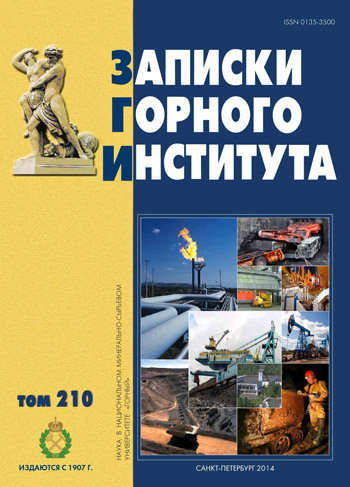Separation and extraction of lanthanides from low concentrations of raw materials using extraction methods
- 1 — Ph.D. Associate professor National Mineral Resources University (Mining University)
- 2 — Ph.D., Dr.Sci. professor National Mineral Resources University (Mining University)
Abstract
At the present time, the unique physical and chemical properties of rare earth metals (REM) mean they can find wide application in the metallurgy, mechanical engineering, avionics, petrochemical, laser and glass industries. In metallurgy, rare earth metals using for production of special grades of steel and cast iron. Adding REM can improve their mechanical properties: hardness, toughness, resistance to corrosion. REM are also used for the deoxidation of metals and alloys. The REM production technology from loparite concentrate that already exists in Russia is not enough for the metal-lurgical, oil, glass, ceramic, nuclear and military industries (just 2 % of the world’s REM are produced in Russia). REM for these industrial proposes is purchased in China, which is recog-nized as having a monopoly on the production of rare metals (96% of REM produced world-wide). If we want to supply these needs in future, we will have to produce 10 tons per year of REM, which requires processing all available resources: mono- and polymineral raw materials. One of the most acceptable source of rare earth metals and some rare metals (zirconium, niobium, hafnium) is eudialyte. The world’s biggest deposits of eudialyte are found on the Kola Peninsula in northwest Russia, near the Lovozero mining and processing plant. Eudialyte concentrate is easily decomposed by acids, which explains its layered structure and weak chemical bonds between its constituent groups. The easy leaching process is the main reason that it is processed. In our work the technological possibility of extraction and separation of lanthanides has been shown, using solutions of naphthenic and oleic acid in an inert diluent with a stoichiometric reagent consumption, without the preoxidation step of the cerium to the tetravalent state. The technological parameters and stages of the process have been established.
